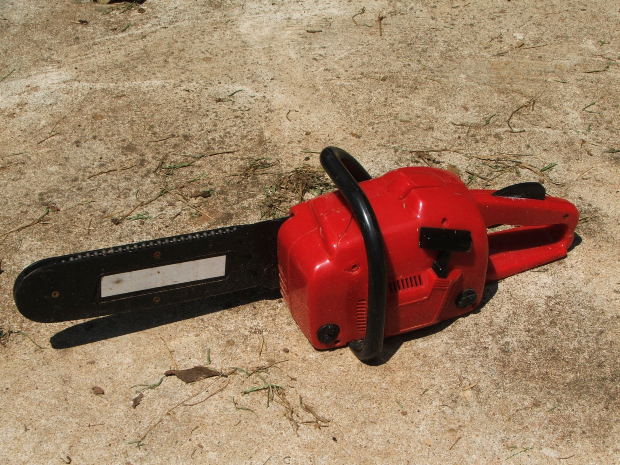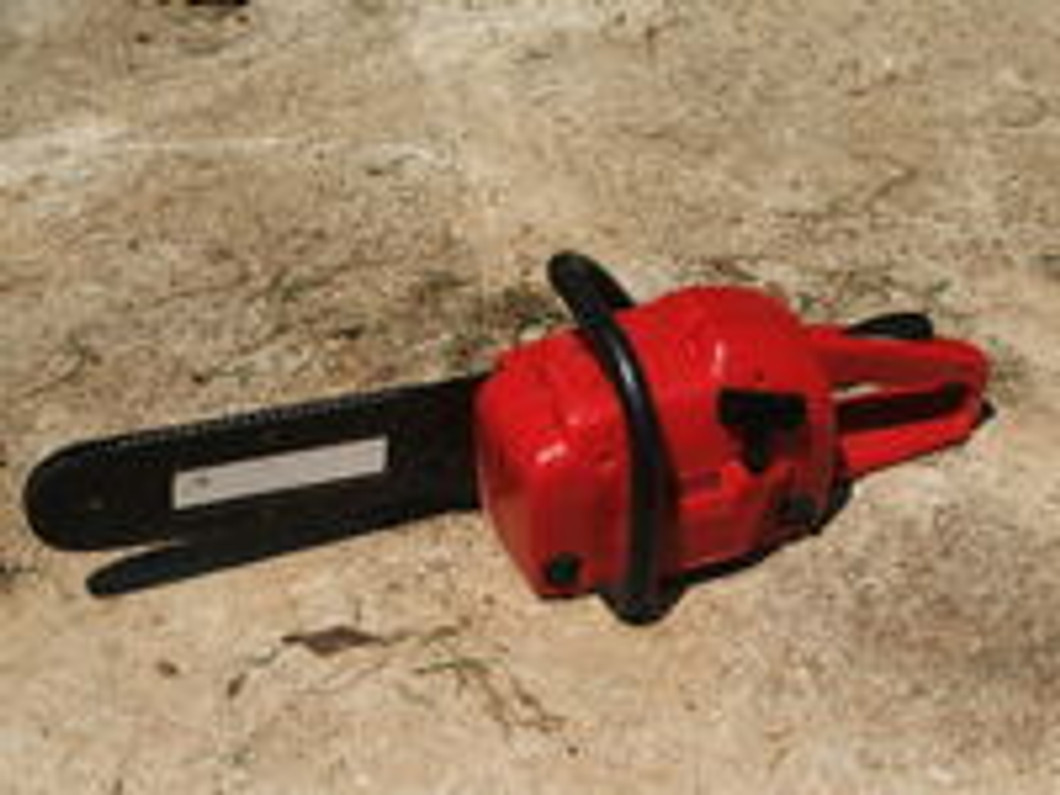Safety Tips To Follow When Using a Chainsaw

As with most powered tools, there's an inherit risk of injury when operating a chainsaw. The sharp jagged teeth combined with a fuel (or battery) powered motor can result in serious injury if certain safety precautions are not taken. Whether it's being used to cut down a tree in your front yard or for commercial purposes at your workplace, you should follow the tips listed below to protect yourself from injury.
To put the problem of chainsaw injuries into perspective, the U.S. Consumer Products Safety Commission found 28,500 chain saw-related injuries in 1999. Of those injuries, more than one third (36%) were injuries to the legs and knees.
Read The Owner's Manual
I know this probably sounds like common sense to most people, but it's worth mentioning that you should always read and familiarize yourself with the owner's manual before operating a new chainsaw. This will provide clear instructions on how to use the chainsaw, maintain it, and essential safety tips to reduce the risk of injury. If you are unable to locate the original owner's manual, contact the manufacturer and request one.
Personal Protective Equipment
Your first line of defense against injury when operating a chainsaw is wearing the right personal protective equipment (PPE). This includes -- but is not limited to -- a hard hat, leather "chainsaw gloves," steel-toe shoes, impact-resistant eyewear, and timber chaps. If the chainsaw is being used for work-related purposes, your employer is responsible for providing these items to you. The Occupational Safety and Health Administration (OSHA) requires all employers operating in the United States to pay for and provide their workers with the appropriate PPE.
Sharpen The Blade
Some people assume that dull chainsaw blades are safer to use since they are less likely to cut into the skin, but this isn't the case. Operating a chainsaw with a dull blade will increase the chance of kickback, which can injure the operator. This is why it's a good idea to get into the habit of sharpening your chainsaw blade on a regular basis. Sharp blades will cut through wood and other materials more easily, reducing the risk of injury.
Look For Tree Limbs Under Tension
When using a chainsaw to cut down trees and branches, make sure the limb you intend to cut is not under tension. Cutting a branch or limb that's being pushed down will result it in snapping out and potentially injuring the operator. Taking a couple minutes to inspect the tree and its branches can save you from a world of heartache.
Recent Posts
-
Fire Safety in the Workplace: What You Need to Know
What steps are you taking to prevent fires in your workplace? According to the U.S. Occupational Saf …Aug 23rd 2023 -
Is It Safe to Go Jogging With a Cold Infection?
If you're suffering from a cold infection, you might be wondering whether it's safe to go jogging. T …Aug 22nd 2023 -
5 Safety Tips to Follow When Using a Powder-Actuated Tool
Powder-actuated tools are commonly used to join materials to steel and concrete. Also known as Hilti …Aug 20th 2023




